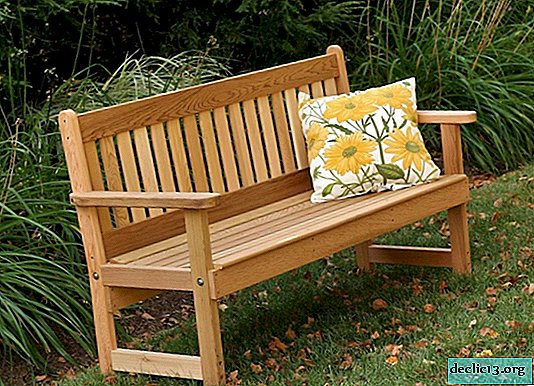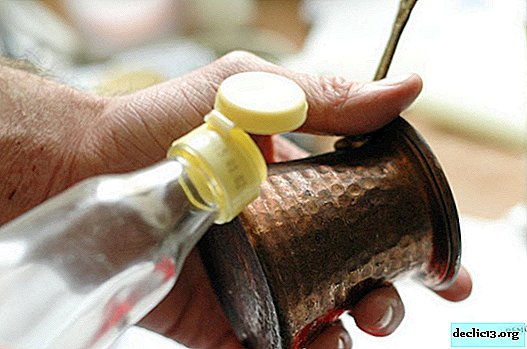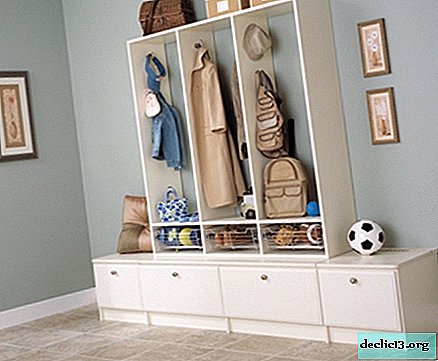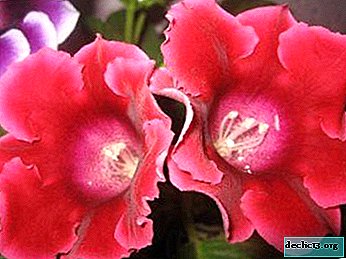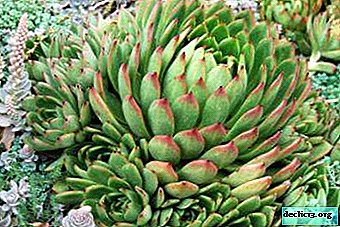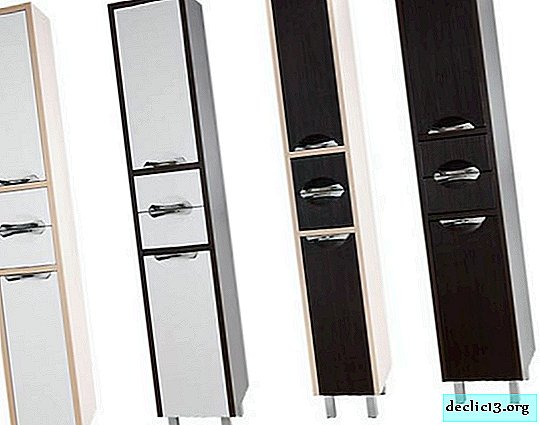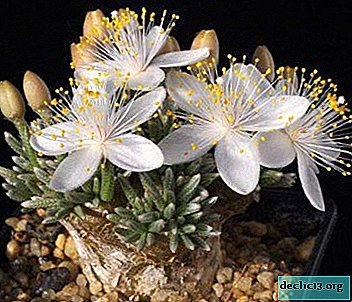Ceiling paint: types, advantages and disadvantages
Started repairs in an apartment, house or office? You think what and how better to finish the ceiling? Or have you already decided, but still doubt what kind of coating for your ceiling to choose? It is very important to determine the materials and their quality in order to achieve the desired result in the repair of the premises. Painting the ceiling can be a great solution when choosing a finishing material. A wide selection of colors will help to equip the ceiling to suit every taste and style. But what kind of ceiling paints are there? What are their advantages and disadvantages? Let's figure it out in order.
The surface of the ceilings during repairs very often shows repairmen their unpleasant surprises. These are various cracks in the plaster, and the irregularities of the ceiling itself, and all kinds of recesses and bulges that you cannot even hide with wallpaper. And if you have already decided to paint the ceiling, rather than pasting, then it is all the more important to pay attention to the condition of the plaster. After all, the paint emphasizes any defects on the surface, even the smallest. That is why before painting it is so important to plaster and level the ceiling.
Types of Ceiling Paint
Today, there are many types of ceiling paints, which have their own characteristics and features. Their purpose is often multifunctional and allows you to achieve certain tasks in the repair of ceilings. Such, for example, as the repair of small cracks, the complete painting of stains of old paint or abrasion resistance.
Paints can be glossy, matte and textured. Their choice is most often based on the general background of the interior, the design soil for which is created during the repair.
By their basic composition, paints are divided into several groups:
- emulsion;
- alkyd;
- silicate;
- glue.
Each group of paints is a collection of different paints that have their own unique properties.
Advantages and disadvantages of ceiling paints
Matte- Advantages: deep-penetrating ability protects the ceiling surface for a long time, the absence of various glare and reflection of sunlight on the surface, successfully conceal minor defects of ceiling surfaces (both visually and physically);
- Disadvantages: large pores of the painted coating are more often clogged with dust and dirt, which makes it difficult to clean and wash the ceiling.
- Advantages: visual expansion of the height and depth of the room, more convenient in wiping dirt and dust from the surface, very resistant to abrasion and aging, waterproof;
- Disadvantages: all irregularities, bulges, cracks and pits will be very visible on a glossy surface, which means that it requires perfect treatment of the ceiling surface with a primer and putty, it dries more slowly than a matte one.
- Advantages: environmentally friendly and non-toxic, quick-drying properties, the formation of film strength on a painted surface, are well applied with a brush, roller and spray, are resistant to burning, lie on the surface easily and evenly, are easily washed from hands or tools, reasonable price, highly opaque (acrylic );
- Disadvantages: it quickly gets dirty and ages, very poorly lays on any glossy surface, including varnished.
- Advantages: due to the main content of alkyd resin, such paints are very resistant to light and water vapor and practically waterproof, therefore they are often used when painting ceilings of bathrooms and kitchens, contain antifungal and thixotropic (anti-smudge) additives, do not turn yellow, deeply penetrating, highly opaque;
- Disadvantages: toxicity is observed only when stained and after drying, harmful substances evaporate, however, a specific odor remains for some time, fireproof, unstable to alkaline effects.
- Advantages: due to minerality and liquid glass, they basically give moisture and air tightness to the properties, as well as resistance to sudden changes in temperature, very well suited to plastered surfaces;
- Disadvantages: it can not be applied to alkyd and acrylic surfaces, it also serves as a poor base for painting with other paints, you can not paint glass, ceramics and metal, a limited color scheme.
- Advantages: fit well on any main surface of the walls (plaster, concrete, brick), a wide range of colors and rich colors;
- Disadvantages: moisture and damp rooms are poorly tolerated, easily destroyed by exposure to smoke or carbon dioxide, they quickly mold in an unventilated room and become good soil for the propagation of fungi.
The right and competent choice of any of the colors will provide not only the beautiful interior of the room, but also create additional comfort while working with this or that paint. Therefore, it is worthwhile to carefully select the material that is most suitable for operational purposes after repair.

